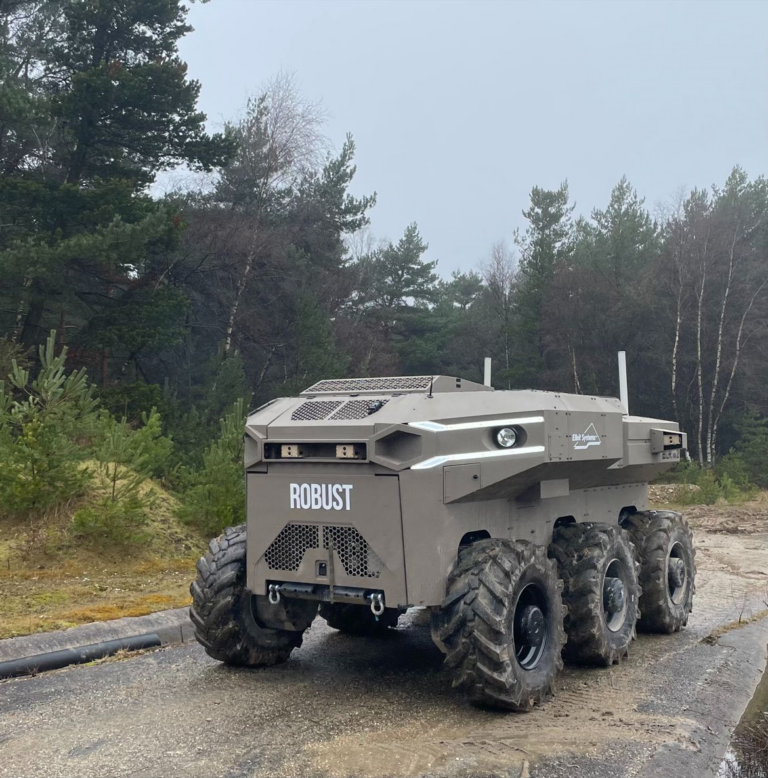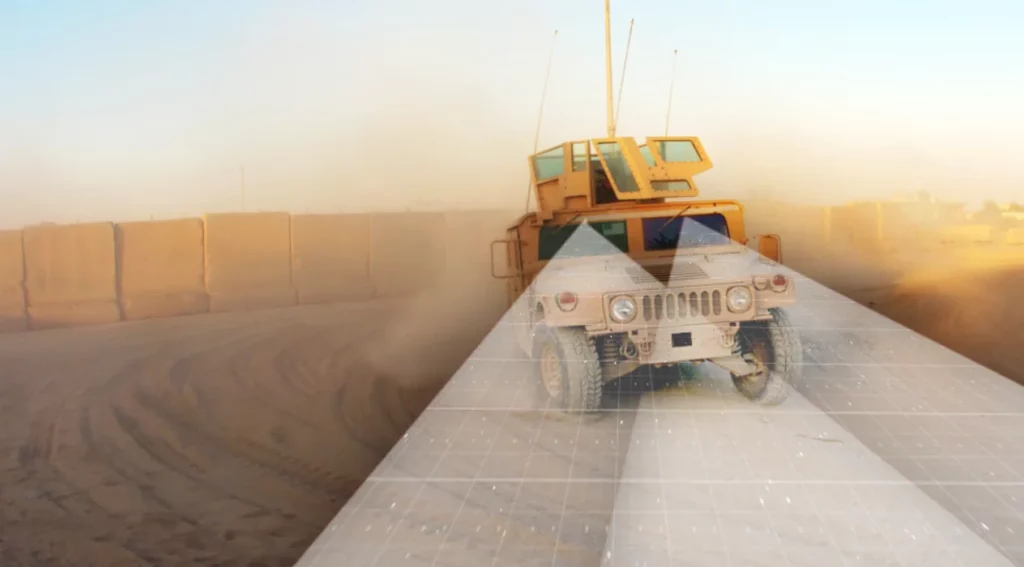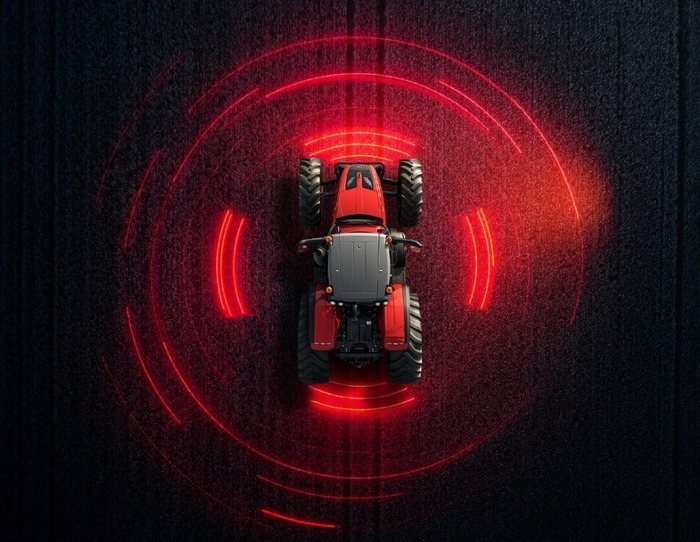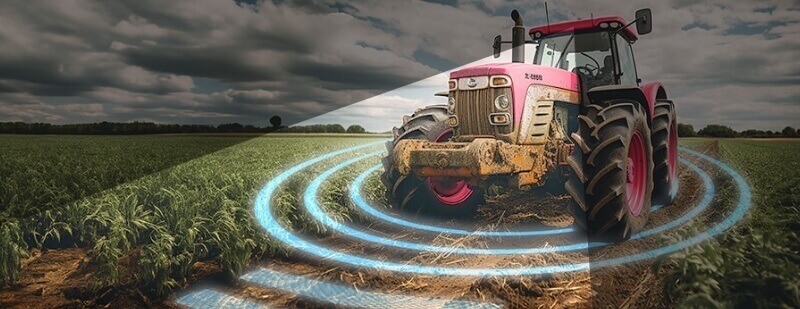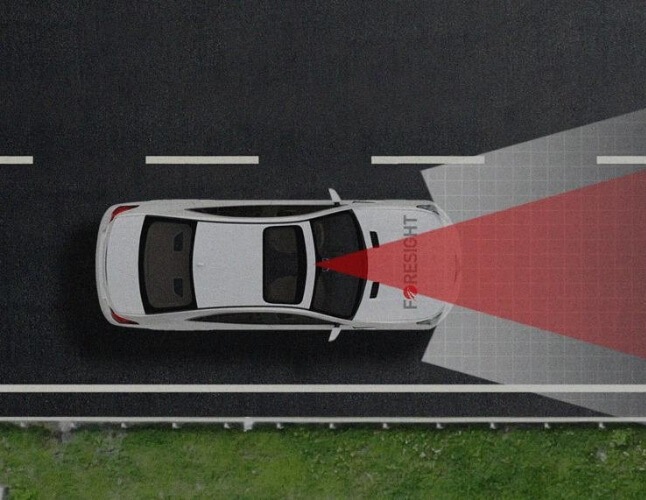In the ever-evolving landscape of autonomous vehicle technologies, Light Detection and Ranging (LiDAR) has long been the backbone of automotive vision systems, providing high-resolution, three-dimensional (3D) information about the vehicle’s surroundings. However, as the demands of both commercial and defense applications grow more complex, innovative technologies are emerging to challenge and potentially replace traditional LiDAR systems. Among the forefront of these advancements is Foresight Automotive., an Israeli-based technology company renowned for its cutting-edge vision systems. This post delves into the intricacies of LiDAR and Foresight’s pioneering technology, comparing their advantages and exploring why the latter is increasingly favored by the Israel Defense Forces (IDF) for its operational capabilities.
Understanding LiDAR
LiDAR systems work by emitting thousands of laser light pulses every second to measure distances by bouncing off surfaces and returning to the sensor. This capability allows LiDAR to create detailed and accurate maps of the environment, making it invaluable for autonomous navigation. Its precision in detecting obstacles, regardless of lighting conditions, has made LiDAR a staple in autonomous vehicle technology.
Introducing Foresight's Stereo Vision Technology
Foresight has developed an innovative vision technology that promises to revolutionize how autonomous systems perceive and interact with their environment. Unlike traditional LiDAR, Foresight’s system leverages advanced algorithms, stereo vision, and possibly other sensor modalities to detect and interpret the surroundings with remarkable accuracy and efficiency.
Comparing the Technologies
Performance in Varied Conditions:
LiDAR excels in precise mapping and obstacle detection but can struggle in adverse weather conditions such as fog, dust, or heavy rain, which can scatter or absorb the laser pulses.
Foresight’s stereo cameras solution empowers autonomous features such as obstacle detection, terrain analysis and navigation plans in the most challenging conditions, including off-road driving and zero-visibility sandstorms.
Foresight’s technology offers a unique advantage for defense applications through its passive, non-emitting stereo vision system that provides 3D perception without detectable energy signatures. This allows covert operations and stealth surveillance by eliminating the risk of revealing the system’s presence to adversaries.
Cost and Complexity:
LiDAR systems are known for their complexity and high cost, which can be a barrier to widespread adoption, especially in cost-sensitive markets.
Foresight’s stereo vision technology potentially reduces cost and complexity by utilizing advanced computational methods and cameras, making it a more accessible option for a broader range of applications.
Why Foresight's Stereo Vision Technology Appeals to the IDF
The Israel Defense Forces operate in some of the most challenging and dynamic environments worldwide, where the reliability, accuracy, and adaptability of vision systems are not just advantageous but essential for operational success. Foresight’s technology presents several key benefits:
- Enhanced operational effectiveness: The ability to maintain high levels of perception and situational awareness in diverse and adverse conditions aligns with the IDF’s needs for robustness and reliability in defense operations.
- Cost efficiency: With defense budgets always under scrutiny, the potential cost savings without compromising performance make Foresight’s solution attractive for large-scale deployment across various defense platforms.
- Strategic flexibility: The compact and flexible nature of Foresight’s system allows for integration into a wide range of defense vehicles and equipment, enhancing their capabilities and effectiveness.
In conclusion, while LiDAR has been a cornerstone of autonomous vision systems, the evolution of technologies like those developed by Foresight represents a significant leap forward. For the IDF, whose operational needs demand the utmost in reliability, adaptability, and efficiency, Foresight’s technology not only offers a compelling alternative but potentially sets a new standard for future defense and commercial applications alike. As the autonomous technology landscape continues to evolve, it’s clear that innovative approaches to vision and perception will play a crucial role in shaping the next generation of autonomous systems, both on and off the battlefield.
